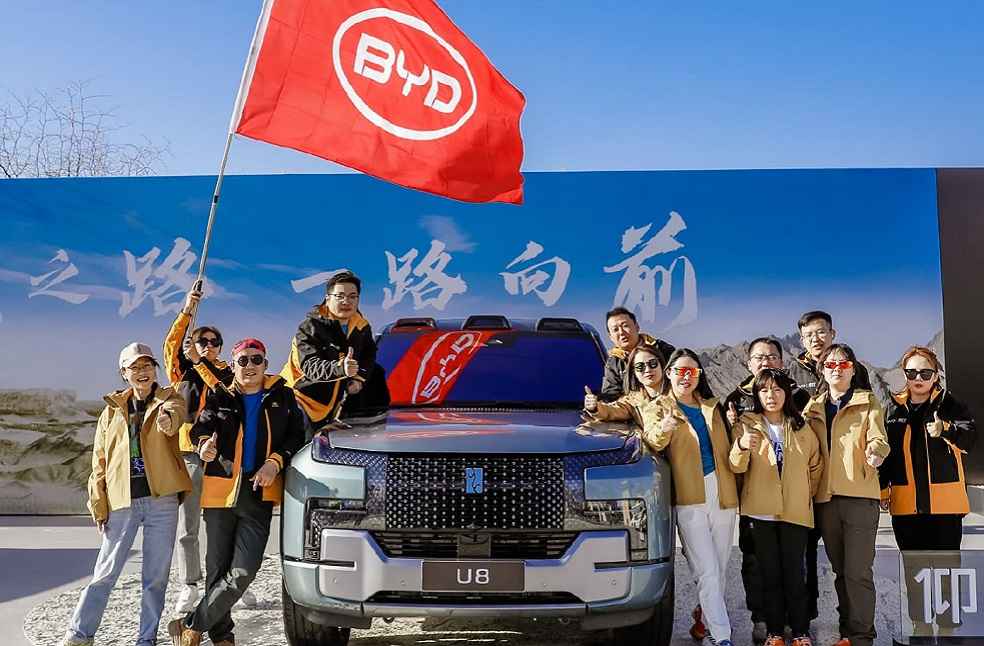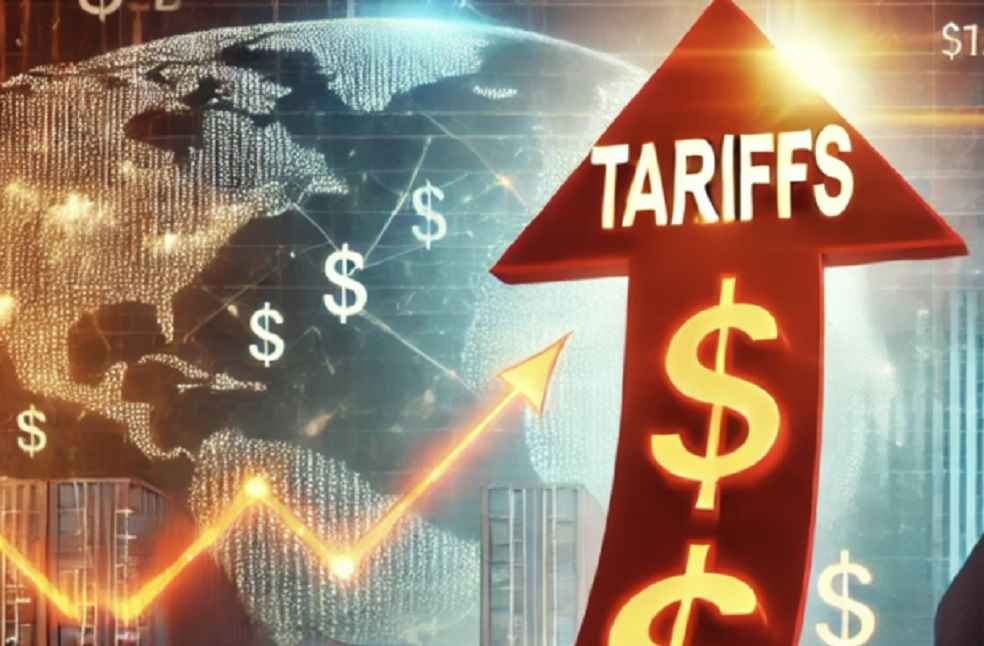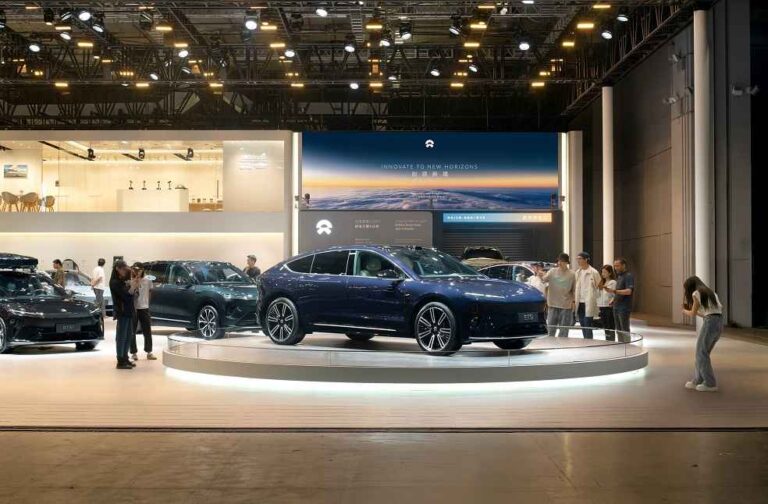Automakers from around the world are converging at this week’s Auto Shanghai 2025, presenting their latest China-specific models as they battle for position in the world’s largest automobile market.
Industry observers consider the event a pivotal moment for the global auto industry. After more than 30 years of industrial policy aimed at developing a domestic car sector, Chinese automakers now dominate their home market, making up two-thirds of national sales, and are rapidly expanding their footprint in international markets.
The exhibition, running until 2 May, comes amid a surge in demand for electric vehicles (EVs), driven by government incentives encouraging drivers to replace older vehicles with greener alternatives. EV and hybrid sales rose by 40% last year, though traditional internal combustion engine (ICE) vehicles still account for just over half of new car sales.

China remains the world’s largest vehicle market, with 31.4 million units sold in 2024, including trucks and buses—a 4.5% increase from the previous year, according to the China Association of Automobile Manufacturers.
Among domestic leaders, EV giant BYD has overtaken Tesla as the world’s top EV seller. The company posted revenues of over $100 billion and introduced a new ultra-fast charging system capable of fully charging its latest models in just five to eight minutes. BYD aims to deploy over 4,000 of these charging stations across China. The brand is also expanding globally, including partnerships like its premium Denza brand with Mercedes-Benz.
China’s rise in auto manufacturing owes much to earlier joint ventures formed by foreign automakers—Volkswagen, General Motors, Ford, BMW, and others—with Chinese state-owned firms. These collaborations helped build robust supply chains and paved the way for Chinese brands like BYD, Geely, and Great Wall Motors to flourish and now challenge their former mentors globally.

With intense domestic competition, Chinese carmakers are exporting aggressively to gain market share abroad, offering competitively priced vehicles across segments. Zhou Lijun of Yiche Research Institute described the Shanghai show as a ‘survival of the fittest,’ noting that Chinese automakers have shifted from support players to lead roles in the global auto scene.
While some Chinese companies continue to collaborate internationally, others are adapting to geopolitical headwinds. Trade tensions—especially with the US—are reshaping strategies. Former US President Donald Trump reimposed steep tariffs on Chinese goods, including a 25% levy on vehicles and parts, while keeping baseline import duties in place. A 90-day suspension has temporarily spared some nations from additional tariffs.

In response, Chinese automakers are increasingly investing in overseas manufacturing to sidestep tariffs. This mirrors the past strategy of Japanese brands like Toyota and Honda, which responded to trade disputes by building U.S. factories, where they now employ hundreds of thousands.
Yet, obstacles remain. A Rhodium Group report notes that nearly half the global market now imposes import restrictions on Chinese vehicles, often citing national security concerns over the advanced electronics embedded in EVs. Only about 12% of global markets remain relatively open to Chinese auto exports, including Australia and South Africa. Russia, another major market, is nearing saturation.
GENERAL | Tesla Delays Launch of Low-Cost Model Y Version to Late 2025





